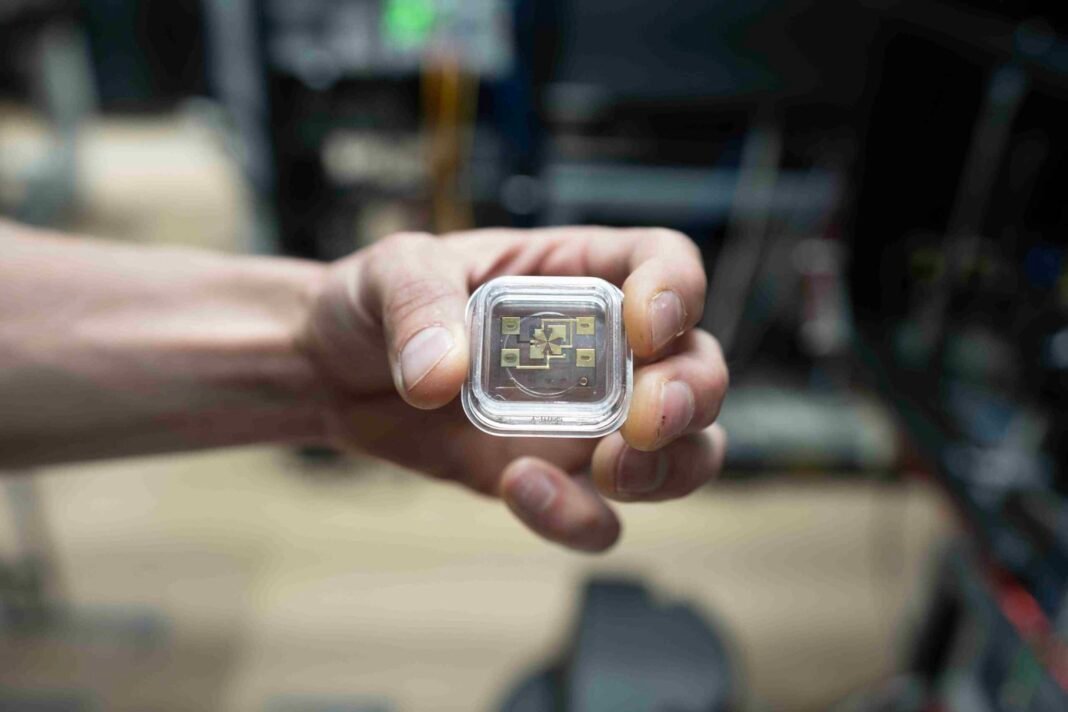
Scientists at the National Institute of Standards and Technology (NIST) in the United States have developed the world’s most accurate clock ever recorded, marking a major leap in precision timekeeping. The breakthrough centers on an atomic clock built around a single aluminum ion, held in place by electric fields and measured using cutting-edge quantum logic techniques.
The aluminum ion clock now leads a new generation of optical atomic clocks capable of measuring time to 19 decimal places. Its accuracy is 41 percent greater than the previous record holder, and it is 2.6 times more stable than any ion-based clock to date. The findings were published in Physical Review Letters.
Two decades of fine-tuning led to a breakthrough
The result reflects more than 20 years of steady refinement. Each component of the system—including the ion trap, vacuum chamber, and laser—was reengineered to reduce sources of error. “It’s exciting to work on the most accurate clock ever,” said Mason Marshall, lead author of the study.
“At NIST, we get to carry out these long-term plans in precision measurement that can push the field of physics.”
Aluminum is ideal for precision, but hard to handle
Aluminum is a strong candidate for optical clocks due to its fast and consistent ticking rate. According to NIST physicist David Hume, the aluminum ion’s ticks are even more stable than those of cesium, the element currently used to define the second. It also resists interference from temperature and magnetic fields, increasing reliability.
NIST’s ion clock shatters records as the world’s most accurate timekeeper, revolutionizing precision. #NIST #AtomicClock #Timekeeping #Science pic.twitter.com/YERdHdVpoh
— American Federal Eagle (@AFederalEagle) July 16, 2025
Yet aluminum is notoriously difficult to manipulate with lasers. To overcome this, the team paired it with a magnesium ion, which can be easily cooled and controlled. The magnesium acts as a helper, stabilizing the aluminum and allowing researchers to read its signals. The technique, known as quantum logic spectroscopy, forms the core of the clock’s operation.
Hardware redesign improves performance
Despite this coordination, several challenges remained. One issue was excess micromotion—small, unwanted movements in the ion trap caused by electrical imbalances. The team redesigned the trap using a thicker diamond wafer and improved the gold coatings on the electrodes to eliminate interference.
Another obstacle came from the vacuum chamber. Hydrogen leaking from the steel structure disrupted the ions, limiting operations to just 30 minutes at a time. Switching to a titanium chamber reduced background hydrogen by 150 times, allowing the clock to run for days without interruption.
Laser stability key to faster, clearer results
A more stable laser was also essential. The previous clock design required weeks of measurements to average out quantum fluctuations. The team partnered with Jun Ye at the Joint Institute for Laboratory Astrophysics (JILA) at the University of Colorado Boulder, whose ultrastable laser beam was sent 3.6 kilometers via fiber to NIST. There, a frequency comb allowed researchers to transfer that stability to the aluminum ion clock.
Clock opens door to new scientific frontiers
With this upgrade, researchers extended their probing time from 150 milliseconds to a full second, cutting measurement time from three weeks to just 36 hours. This opens new possibilities for redefining the second and exploring areas such as Earth’s gravitational shifts and possible variations in fundamental physical constants.
“With this platform, we’re poised to explore new clock architectures,” said graduate student Willa Arthur-Dworschack. Scaling up the number of ions or entangling them could take precision even further.


